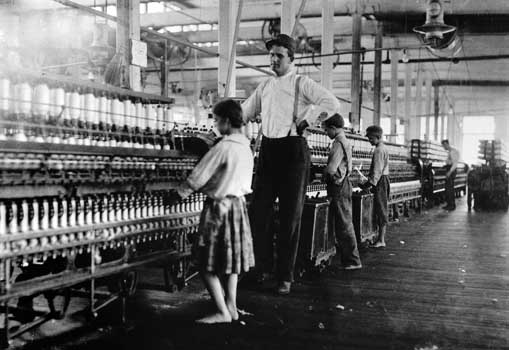Today, the first thing that comes to mind when asked “What’s paper made from?” is ‘Trees’ or ‘Wood’. People assume automatically that paper is made from wood, that paper and wood are synonymous.
But in fact, paper has been made from wood only since the mid-1800s; until
the 1850s, paper was made from recycled linen and cotton rags. In England
before the mid 1600s, in most cases, the only ‘paper’ available was parchment
or vellum – parchment is the skin of a sheep or goat that’s been prepared
for writing; vellum is a fine parchment made from the skins of calves, lambs
or kids. It was, as a result, very expensive, and in limited supply.
Once the idea of making paper from linen, cotton, hemp and similar fibres really took hold (it was introduced to Europe around 1000 from China, by way of the Arab nations), it spread slowly. Rag based paper existed in England from around the 1300s, but the scale of production was small. By the mid 1700s, the demand had risen so much that rags were worth a great deal of money, and there were laws in parts of Europe forbidding trade in rags outside national boundaries (so, of course, people smuggled them).
The demand drove change. Throughout the eighteenth century, there was an intense search in Europe and the U.S. for a new fiber source of paper. Contests were held, universities offered prizes, and inventors and laboratories worked feverishly to come up with a new source for paper. Inventors would often print a book on their newly-invented paper that described how the paper was made. And so we ended up with books printed on paper made from asbestos, straw, swamp grass, marsh mallow, and esparto dune grass from certain beaches in Spain.
In the early 1800s the crisis in demand for rags was made worse by the progressive invention of better printing presses, and the rising demand for books from the wealthy classes. The first patent for a paper using deinked waste paper as part of its fiber source was issued in 1800 in London. It was not until the 1840s that the initial development of the papermaking machine in England and experiments in ground wood pulping in Germany and Nova Scotia enabled the commercial production of paper, which used wood fibre as part of its composition.
So – when your read about books in Regency stories, or about characters pulling out a sheet of paper to write on, those books and writing papers are made of rag fibre, and are very expensive. No-one wasted paper, unless they were unbelievably wealthy.
This is also why letters of the time were often ‘crossed’ – (see image above) where the writing was written on the page in one direction, and then the paper was turned 90 degrees and the person continued writing in lines which ‘crossed’ the first loot of writing – all to save paper. Which made it remarkably hard to read what your correspondent had to say! (and has made it extraordinarily difficult for historians to transcribe the letters of historical figures, even when they are well preserved.
So next time you scrunch up a sheet of paper in frustration, throw it away, and start again, consider that, in the Regency era, you would have been throwing away what could amount to a month’s wages for a poor person!



